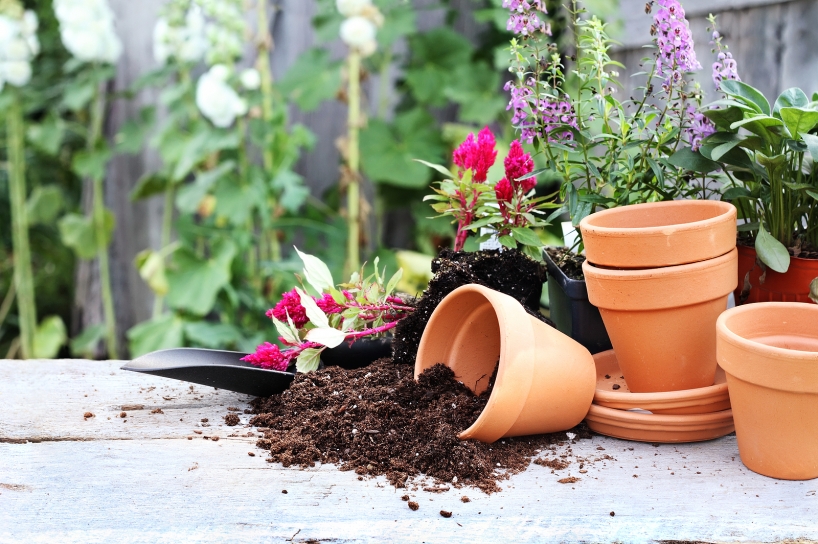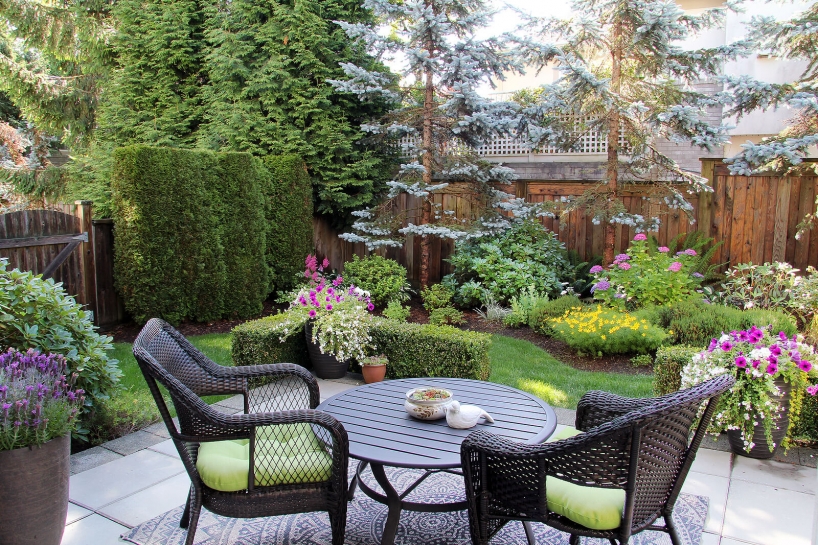
May 31st, 2022 by
If you are new to gardening, it can seem a little daunting, not to mention hard work, to get your outdoor space looking nice. It’s true that gardening is a skill and that you can reap great rewards from dedicating yourself to it, but equally, you can still have a lovely garden just by getting to grips with the basics.
This article is not so much about which plants to choose and how to plant them, it’s about the 5 key questions you need to ask yourself. These questions will give you all the information you need to start planning your garden and make it really succeed, without necessarily spending hours and hours on it.

Where do I get the sun?
Sunlight (and it is the sunlight and not the temperature that makes the difference) and water are the two main requirements for enabling your plants to thrive. Just understanding something as simple as which parts of the garden get sun and for how long can help you choose the most appropriate varieties to suit your conditions. Even the areas that don’t get a lot of sun can still be successful, just choose plants that prefer the shade.
What sort of soil do I have?
Soil quality is very important for plants and just as it’s useful to know how much light you get, it’s very valuable to understand what type of soil you have so that you can plant according to your specific conditions. Consider buying a soil tester. This is a device that instantly analyses your soil, giving you details such as moisture, pH (informing you how acidic or alkaline it is), and light penetration. Not only does this inform your plant choices, but it also gives you an opportunity to improve the soil quality, if needed.
How do I want to use the garden?
Form follows function so plan your garden around how you want to use it. Do you intend to sit out in it or entertain? Is it for the children to play in? Is it more decorative? These answers will help you determine things like where you need to accommodate seating, patio areas, or play equipment. It can help you decide how much of the space to dedicate to a lawn or hard surfaces, and it will even allow you to plan for practical things such as where to place the washing line or the bins. Set your objectives and plan around them.
What maintenance do I need to conduct?
Often, the hardest, and least interesting, part of gardening is the maintenance rather than the planning and planting but it is just as important. Before choosing your plants, consider how much ongoing work you are willing or able to put in. If you can’t see yourself dedicating lots of time to it, choose low maintenance plants, including perennials that will come back each year. Remember, there will always be some maintenance to do so learn the difference between the plants and the weeds and remember to do the necessary jobs such as watering and feeding. Plants will need watering over the drier summer months but it’s better to give them a really good soak once a week rather than a little every day and always focus on the roots rather than the leaves. If you feed the plants every couple of weeks, they will grow better (and it’s easy to do, just add some plant food to the soil) and consider adding iron sulphate to lawns to make them grow stronger (and, therefore, greener).
Do I want to do more than making it look pretty?
You have an opportunity to do your bit for the local wildlife in your garden. By choosing plants that attract bees and butterflies, you help to build their numbers (and they’re so important for pollination). Fruit bushes and trees are good for birds, and you can even tempt other creatures into the garden, such as hedgehogs and frogs, by creating appropriate habitats for them. You will benefit from seeing interesting wildlife in your garden plus you are doing your bit for biodiversity and the environment.

Comments
Leave a reply
Your e-mail address will not be published. All fields are required


